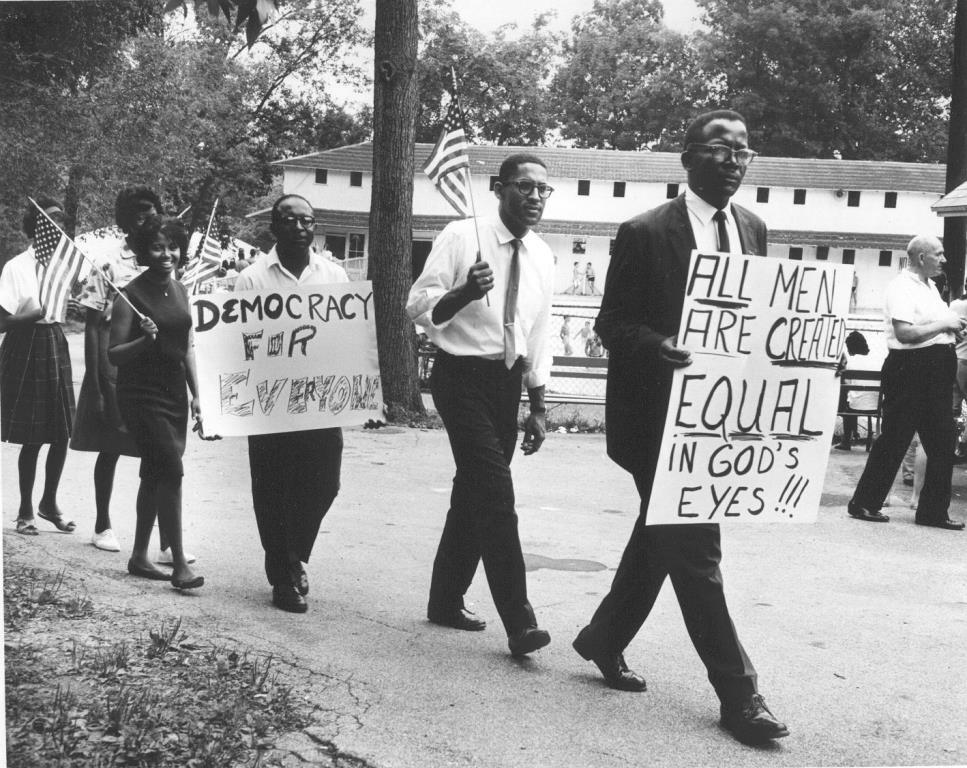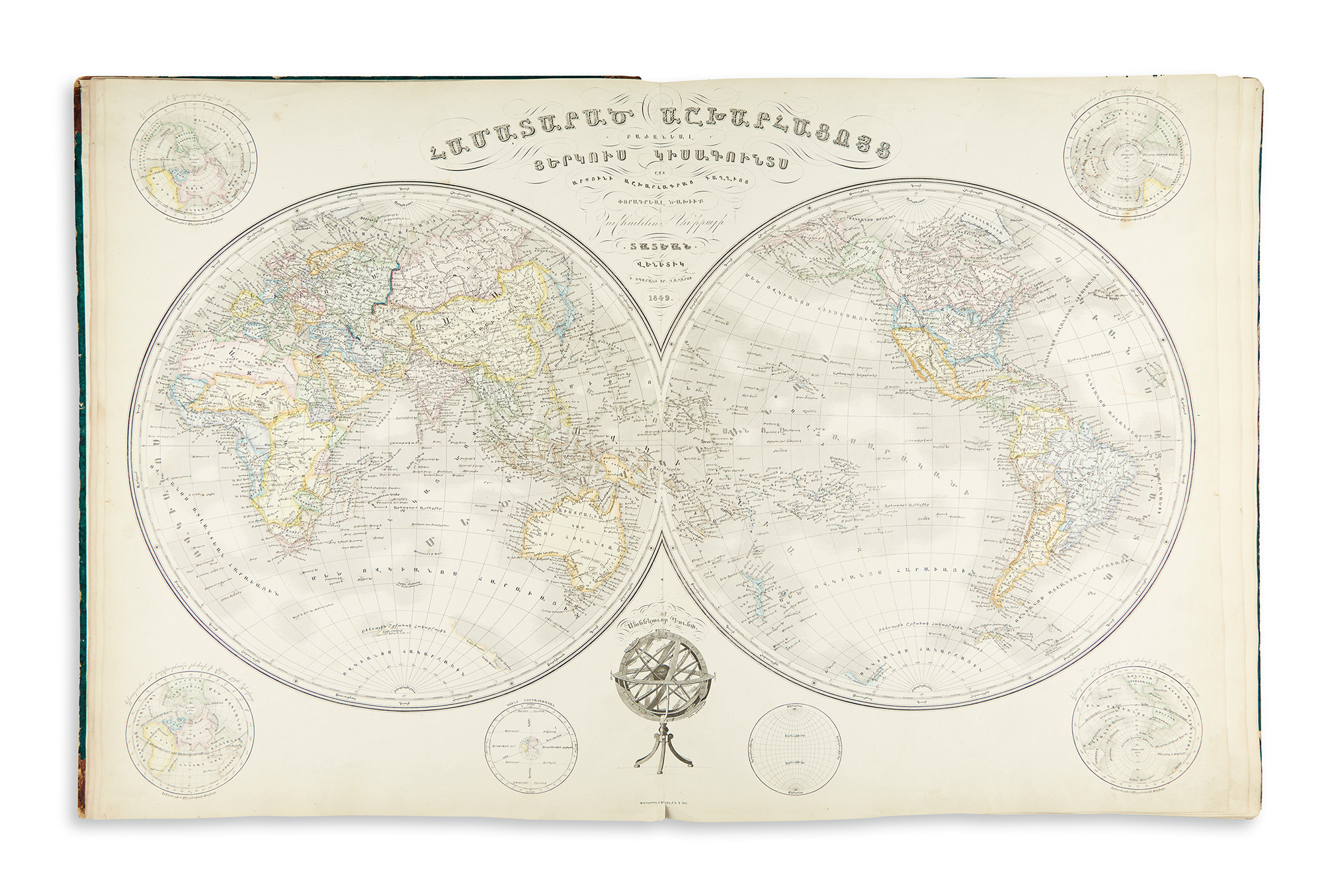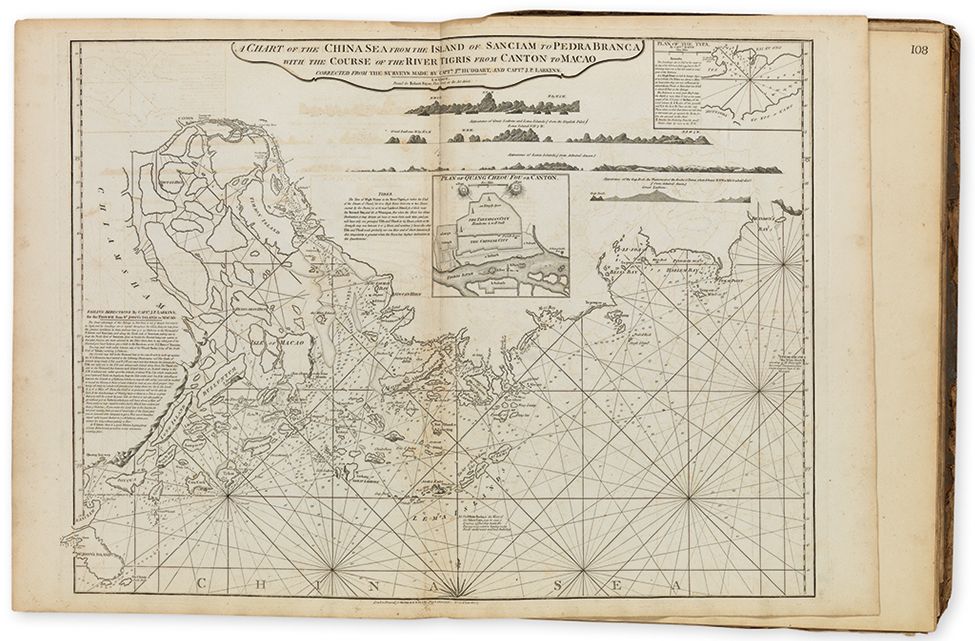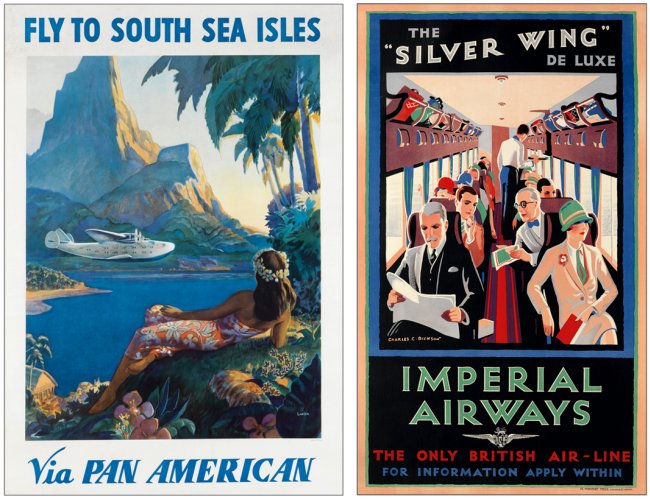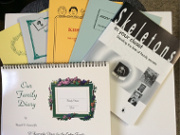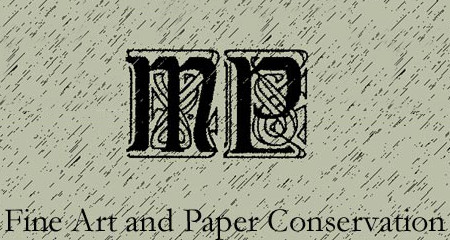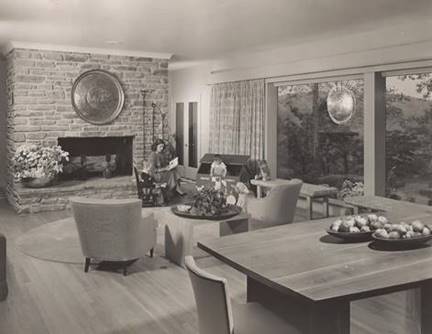Google Search
20 Style Mistakes We All Made in the 80's (Link to article by Samantha Escobar)
20 Style Mistakes We All Made in the 80's
I actually have to disagree with the author on this one. These were just 80's styles, not "mistakes." And for the most part, we all looked a little different too, unlike bland look-alikes in recent years. But hey, I'm biased. And where are the designer jeans and Aziza's "three shades of blue" eyeshadow? HUGE at my school. (Seneca Valley High School, Germantown, Maryland)
Author Samantha Escobar begins her Good Housekeeping slideshow with ...Shoulder pads! Read More Here.
The High-Necked Corset-Cover Was All the Rage--In 1873!
You thought you were going to dress like its 1873, but then realized you'd stepped out without your fashion guide. Well, Passed Time is here to help. In 1873, Mrs. Henry Peterson published Lady's Friend Monthly Magazine of Literature and Fashion. No respectable Philadelphia family would be without it--and neither should you.
Mrs. Peterson's insightful fashion editorial was published on PT a few weeks back and the following catalog sports the must-haves of the season.
Ladies' Box-Plaited Wrapper, with a Yoke.
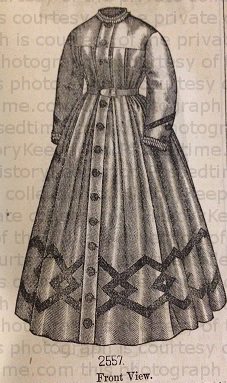
No. 2557-The elegant wrapper which those engravings illustrate, is made of empress cloth with trimmings of dark velvet. It has a square yoke at the back and in front, and the body is joined to the yoke with large double box-plaits, which are only confined as far as the waist-line, while the box-plait in the centre of the front is extended to the bottom of the garment. the skirt is trimmed around about five inches from the lower edge, with ribbon velvet a little over an inch in width, arranged in large diamonds which overlap each other at the corners and form smaller diamonds at the intersections. Each coat sleeve is ornamented at the wrist with a cuff which is deepest at the outside seam; a row of the velvet trims the top , and two large velvet buttons are placed at the back. Similar buttons with buttonholes close the entire length of the front, and a cambric ruffle finishes the neck and the wrist of each sleeve. A belt of the material is tacked at the waist-line of the back, and closes over the front with a buckle, adjusting the garment to the figure.
Gray satine or cashmere with trimmings of blue silk or scarlet velvet, would be elegant if made in this style. Prints or delaines are also appropriate materials.
We have this pattern in sizes for ladies from twenty-eight to forty-six inches, bust measure.
Ten and a fourth yards of material, twenty-seven inches wide, will be required to make a wrapper in this manner for a lady of medium size.
Price of pattern, seventy-five cents.
Philadelphia Fashion Advice from 1873--I Am So Over Hoops!
Fashion Department
There is a growing dissatisfaction with heavy, profusely trimmed skirts, and a resumption of hoops to support them, at least till the present stock of dresses shall be done with. The flouncing of skirts to the waist ought to be confined, as it used to be, to airy ball-dresses; a hundred yards of trimming can be put upon a tarlatan dress without oppressing the wearer, but when substantial winter materials are puffed and pleated the consequences are tragic. 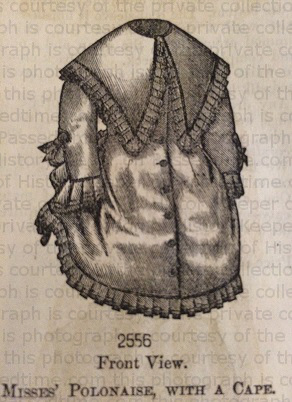 The same reasons that led to the adoption of hoops in the first place urge a return to to them now--the ease of walking unencumbered with clinging drapery, and the freedom to wear light and slightly trimmed skirts without being conspicuous.
The same reasons that led to the adoption of hoops in the first place urge a return to to them now--the ease of walking unencumbered with clinging drapery, and the freedom to wear light and slightly trimmed skirts without being conspicuous.
Before the invention of hoops, flounced petticoats of hair-cloth were the latest idea, and they, too, are now resumed, to a limited extent, necessarily. They would be the very best kind of skirts if it were not for two objections, their cost and their weight. Light as the material is, when it comes to be puffed and flounced, it is too much. The lightest and most slightly made hoops are the most comfortable wear, except for evening dress, when the trained crinoline is indispensable.
Another nuisance likely to be done away with is the demi-train for the street. Short walking skirts are among the latest Parisian importations. We have looked at handsome dresses trailing in the mud of a January thaw, (Philadelphia mud is something remarkable,) dragging their slow length of uncleanness into the crowded street car, and wondered how often the wearer would be content to carrry home with her and into her house all that defilement.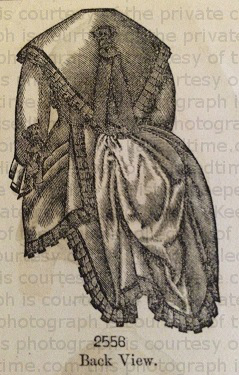 A few such experiments probably suffice. When dresses are made slightly trained for house or carriage wear, they are carefully taken up with loops and buttons so as to escape the ground, before walking out. For comfortable home wear the wrapper patterns which we illustrate, made up in becoming material, will be found a useful style.
A few such experiments probably suffice. When dresses are made slightly trained for house or carriage wear, they are carefully taken up with loops and buttons so as to escape the ground, before walking out. For comfortable home wear the wrapper patterns which we illustrate, made up in becoming material, will be found a useful style.
With the mild days of March, considerations of spring suits are in order. The misses' polonaise with a cape, 2556, looks just the thing: and, for a little girl, the basque waist, 2552. The ladies' high-necked corset cover, 2568, looks as if it would also be a good pattern for a plain dress waist.
Black toilets are still very much worn. They look distinguished, and refined, and are almost invariably becoming. Dark blue cloth suits, water-proof or ladies' cloth, are also much worn, and have a tasteful look. Plaids, as a general thing, are handed over to children, and plain, one-colored stuffs preferred. Leather belts with filagree buckles are fashionable.




